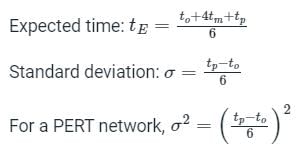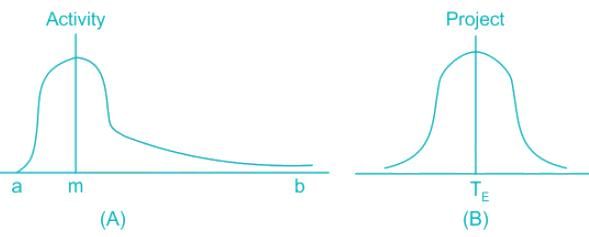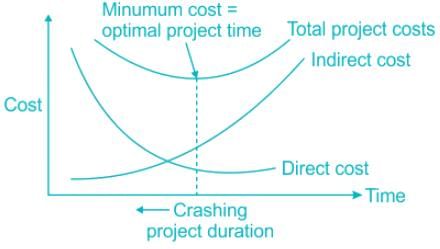Civil Engineering (CE) Exam > Civil Engineering (CE) Tests > Test: PERT and CPM - Civil Engineering (CE) MCQ
Test: PERT and CPM - Civil Engineering (CE) MCQ
Test Description
10 Questions MCQ Test - Test: PERT and CPM
Test: PERT and CPM for Civil Engineering (CE) 2025 is part of Civil Engineering (CE) preparation. The Test: PERT and CPM questions and answers have been prepared
according to the Civil Engineering (CE) exam syllabus.The Test: PERT and CPM MCQs are made for Civil Engineering (CE) 2025 Exam.
Find important definitions, questions, notes, meanings, examples, exercises, MCQs and online tests for Test: PERT and CPM below.
Solutions of Test: PERT and CPM questions in English are available as part of our course for Civil Engineering (CE) & Test: PERT and CPM solutions in
Hindi for Civil Engineering (CE) course.
Download more important topics, notes, lectures and mock test series for Civil Engineering (CE) Exam by signing up for free. Attempt Test: PERT and CPM | 10 questions in 30 minutes | Mock test for Civil Engineering (CE) preparation | Free important questions MCQ to study for Civil Engineering (CE) Exam | Download free PDF with solutions
Detailed Solution for Test: PERT and CPM - Question 1
Test: PERT and CPM - Question 2
A PERT network has 9 activities on its critical path. The standard deviation of each activity on the critical path is 3. The standard deviation of the critical path is
Detailed Solution for Test: PERT and CPM - Question 2
Detailed Solution for Test: PERT and CPM - Question 3
Test: PERT and CPM - Question 4
In a PERT distribution, the optimistic time is 4 days, expected time is 7 days and the pessimistic time is 11 days. The variance of the network is_______.
Detailed Solution for Test: PERT and CPM - Question 4
Detailed Solution for Test: PERT and CPM - Question 5
Test: PERT and CPM - Question 6
The probability distribution to represent the completion time of the project as per the PERT analysis is
Detailed Solution for Test: PERT and CPM - Question 6
Detailed Solution for Test: PERT and CPM - Question 7
Detailed Solution for Test: PERT and CPM - Question 8
Test: PERT and CPM - Question 9
In bar charts, which colour is used to show the actual progress?
Detailed Solution for Test: PERT and CPM - Question 9
Detailed Solution for Test: PERT and CPM - Question 10
Information about Test: PERT and CPM Page
In this test you can find the Exam questions for Test: PERT and CPM solved & explained in the simplest way possible.
Besides giving Questions and answers for Test: PERT and CPM, EduRev gives you an ample number of Online tests for practice
Download as PDF





















